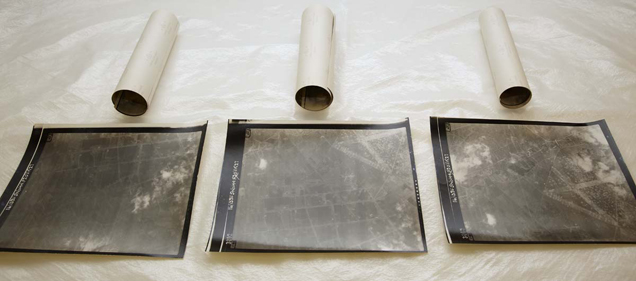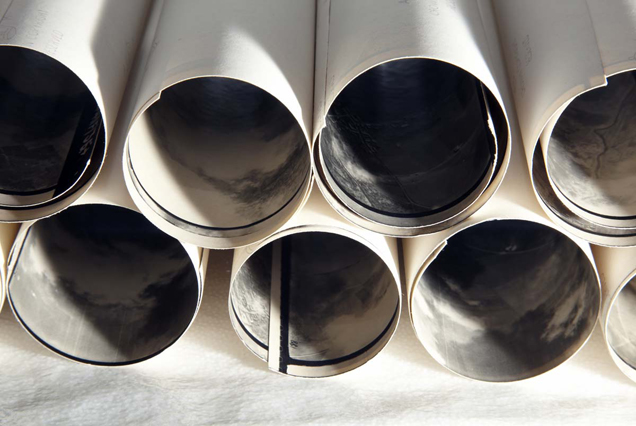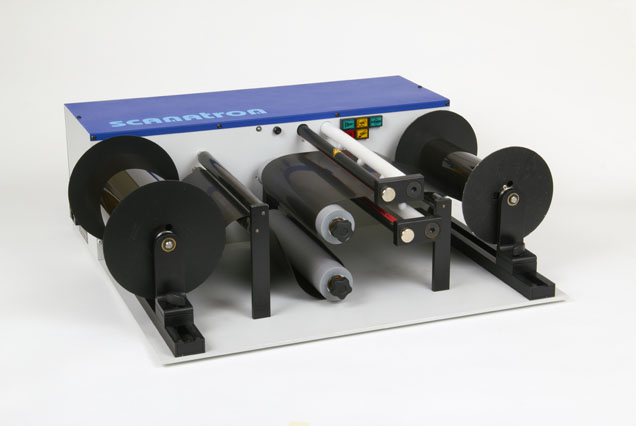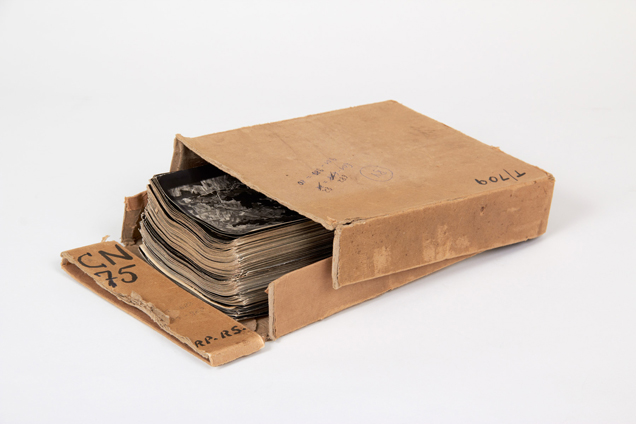Preservation and conservation
NCAP cares for inherently unstable photographic prints and films, which deteriorate even if they are never handled.

Much of the imagery in our collection was taken during the Second World War and is over 60 years old. Processed
rapidly, to ensure that it could be exploited for intelligence as quickly as possible, films and prints were often
inadequately washed or fixed.

Collected and used during wartime conditions, the long-term survival of the imagery was not a priority at the
time. In the years after the war the imagery was stored in a variety of locations and environments before reaching
its present home in 2008. This has generated a legacy of conservation issues which we strive to remedy through
our preservation process.

Now, when a roll of aerial film or a box of aerial prints is retrieved for digitisation, we take several steps to ensure
its long-term survival. Prints are unrolled and flattened in a humidification chamber before being cleaned, ready
for scanning. Dust is removed from rolled film on an automatic film-cleaning machine. Tears are repaired and
sellotape is removed.

Before they are returned to the store, the film containers and print-boxes are inspected for damage and replaced with
new ones where necessary. We manufacture our own plastic film canisters and film cores, using inert materials approved
by the US National Archives.


